
EM Senior Advisor William “Ike” White has been honored with the 2022 Presidential Rank Award for Distinguished Executive, joining a select cadre of senior executives lauded for sustained superior leadership performance.
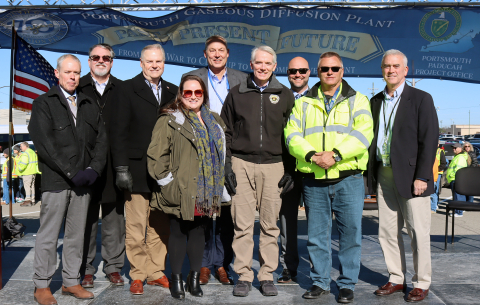
EM’s Portsmouth Site marked its 70th anniversary on Monday with its “Past, Present, Future” celebration.
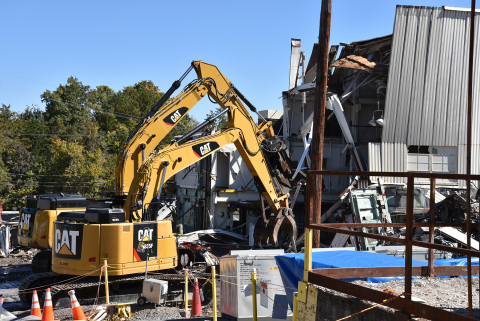
DOE’s Oak Ridge Office of Environmental Management (OREM) recently unveiled its vision for the next decade to employees and partners, and progress is already under way toward achieving it.
DOE’s Oak Ridge Office of Environmental Management (OREM) has completed the goals laid out for the site in EM’s 2022 priorities.
DOE recognized an EM team at the Savannah River Site (SRS) with its prestigious Project Management Excellence Award last week for successfully delivering a repository for radioactive grout eight months ahead of schedule and $32 million under budget.
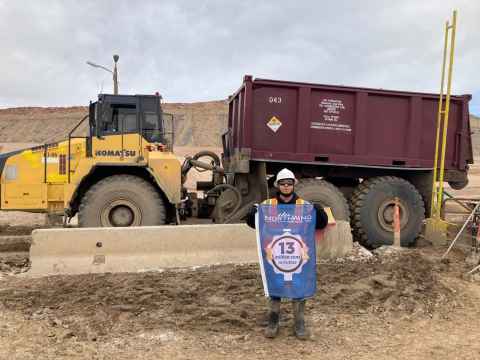
EM’s Moab UMTRA Project recently accomplished an EM 2022 priority by successfully relocating another million tons of uranium mill tailings away from the Colorado River, bringing the cumulative total to 13 million tons permanently disposed.
EM Office of River Protection (ORP) tank operations contractor Washington River Protection Solutions (WRPS) recently completed construction of a backup load-in station at the Effluent Treatment Facility (ETF) .
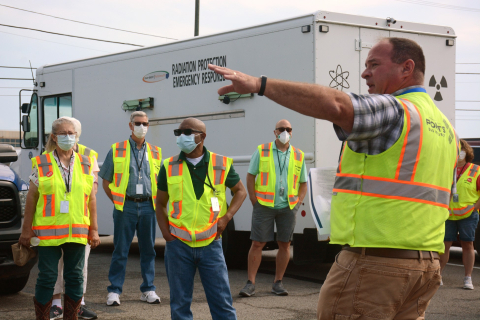
EM’s Portsmouth/Paducah Project Office (PPPO) sites in Portsmouth, Ohio and Paducah, Kentucky recently wrapped up their 2022 public tour campaigns, which garnered high interest from the public.
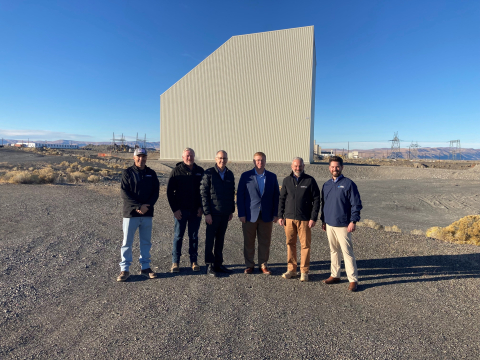
Just over a year after breaking ground, crews recently completed construction of a protective enclosure, or “cocoon,” around another former plutonium production reactor at the Hanford Site, leaving only one more to go.
EM crews at the West Valley Demonstration Project have marked progress in the demolition of the Main Plant Process Building by successfully deconstructing a concrete block structure on the facility’s third floor.

